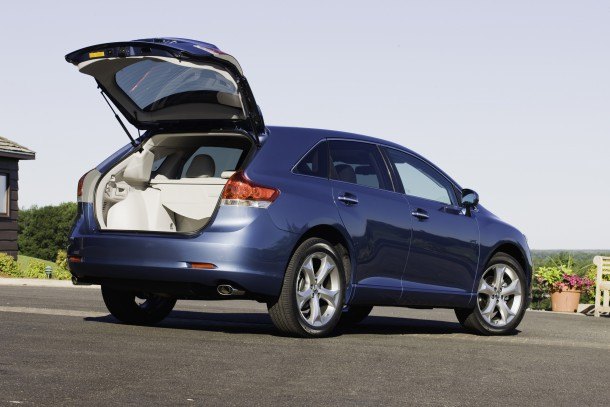America's Zombie Autos: Forgotten But Not-Quite-Gone Yet, These 17 Autos Keep Finding Buyers
Honda hasn’t produced a new first-generation Ridgeline since 2014. Yet in the first four months of 2016, prior to the second-generation Ridgeline’s showroom arrival, Honda dealers managed to get a couple of long-since forgotten Ridgelines into customer hands.
But the Ridgeline’s ability to show up on U.S. sales charts in early 2016 isn’t unique. There have even been seven total sales of the Porsche 918 Spyder, Mercedes-Benz SLS AMG, and Lexus LFA so far this year.
Extinct, discontinued, on hiatus, buried, forgotten: these 17 “new” vehicles aren’t dead — yet.
Honda Crosstour: 638
Toyota Venza: 472
Mazda5: 259
Infiniti Q40: 52
Mini Paceman: 39
Honda Insight: 30
Nissan Xterra: 30
Nissan Cube: 14
Scion xD: 8
Scion iQ: 4
Toyota FJ Cruiser: 4
Mini Roadster: 3
Jaguar XK: 3
Land Rover LR2: 3
Mazda2: 3
Acura TSX: down 91.3% to 2
Honda Ridgeline: down 99.6% to 2
[Image Sources: Honda, Toyota, Mini, Nissan]
Timothy Cain is the founder of GoodCarBadCar.net, which obsesses over the free and frequent publication of U.S. and Canadian auto sales figures. Follow on Twitter @goodcarbadcar and on Facebook.
More by Timothy Cain
Latest Car Reviews
Read moreLatest Product Reviews
Read moreRecent Comments
- Buickman I like it!
- JMII Hyundai Santa Cruz, which doesn't do "truck" things as well as the Maverick does.How so? I see this repeated often with no reference to exactly what it does better.As a Santa Cruz owner the only things the Mav does better is price on lower trims and fuel economy with the hybrid. The Mav's bed is a bit bigger but only when the SC has the roll-top bed cover, without this they are the same size. The Mav has an off road package and a towing package the SC lacks but these are just some parts differences. And even with the tow package the Hyundai is rated to tow 1,000lbs more then the Ford. The SC now has XRT trim that beefs up the looks if your into the off-roader vibe. As both vehicles are soft-roaders neither are rock crawling just because of some extra bits Ford tacked on.I'm still loving my SC (at 9k in mileage). I don't see any advantages to the Ford when you are looking at the medium to top end trims of both vehicles. If you want to save money and gas then the Ford becomes the right choice. You will get a cheaper interior but many are fine with this, especially if don't like the all touch controls on the SC. However this has been changed in the '25 models in which buttons and knobs have returned.
- Analoggrotto I'd feel proper silly staring at an LCD pretending to be real gauges.
- Gray gm should hang their wimpy logo on a strip mall next to Saul Goodman's office.
- 1995 SC No







































Comments
Join the conversation
The Nissan Xterra is no long produced, which likely accounts for it's few recent sales. It was an excellent vehicle (I own one) and a very viable alternative to the Wrangler. As for the Ridgeline, it was/is built on the same platform as the Odyssey and cannot be considered a real truck.
When I saw zombie-autos, I was thinking Olds Aurora, Pontiac Grand-AM, and Plymouth Breeze. Yes, they're "orphan" cars, but zombie fits beause their nameplates are already dead. The cars listed are just models being discontinued and are still being sold new from existing stock, so zombie doesn't quite fit. They're more like the future "ghosts of Christmas Past."